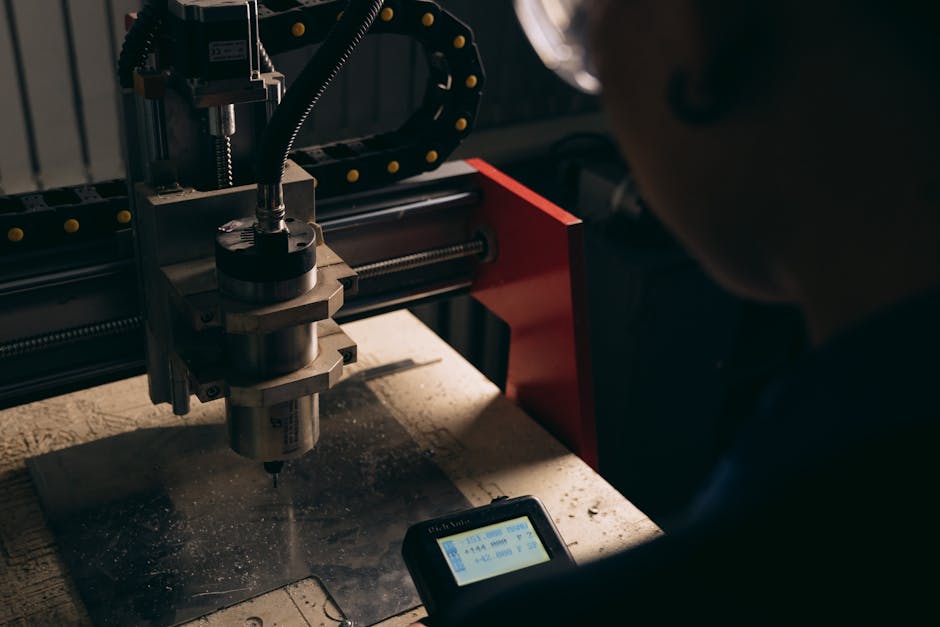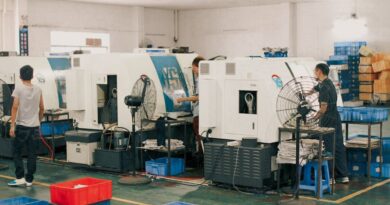The Future of Business: Process Automation
Did you know that by 2025, it’s estimated that over 85 million jobs will be displaced by automation? But don’t panic! It also means that 97 million new jobs could be created. This is the future of business: a world where process automation transforms how we work. Lets dive into what that means for us all.
What Is Process Automation?

At it’s core, process automation is about using technology to perform tasks without human intervention. Imagine a robot that sorts your emails for you or software that automatically fills out forms. Sounds handy, right?
In simple terms, process automation takes repetitive tasks and makes them quicker and more efficient. Businesses can save time and money. But how exactly does it work?
How Does Process Automation Work?

Process automation uses software to do tasks that would usually require a person. This can include:
- Data entry
- Email responses
- Inventory management
- Customer service chats
For example, think of a grocery store. Instead of a person counting items on shelves, a smart system can track inventory levels and reorder products automatically. This reduces errors and ensures the store stays stocked.
Why Should Businesses Embrace Automation?

Businesses have many reasons to adopt process automation. Here are a few key benefits:
- Increased Efficiency: Automated processes often run faster than humans. Tasks that take hours can be done in minutes.
- Cost Savings: Reducing the need for manual labor can cut costs significantly.
- Improved Accuracy: Machines make fewer mistakes than people, especially with repetitive tasks.
- Better Customer Experience: Quick responses and services lead to happier customers.
According to a report by McKinsey, businesses that automate can increase their productivity by up to 30%. that’s a game-changer!
What Are the Challenges of Process Automation?

While automation has it’s perks, it also comes with challenges. Here are some common concerns:
- Job Displacement: Automation may replace some jobs, leading to workforce uncertainty.
- Initial Costs: Setting up automation systems can be expensive upfront.
- Complexity: Not every process is suitable for automation. Some require a human touch.
It’s essential for businesses to consider these challenges carefully. A balanced approach is vital to ensure a smooth transition.
What Industries Are Being Transformed?
Many industries are feeling the impact of process automation. Lets look at a few key sectors:
1. Retail
In retail, automation handles everything from checkout processes to inventory management. Self-checkout kiosks are just one example of how technology makes shopping easier and faster.
2. Manufacturing
Manufacturing has long used automation to streamline production lines. Robots can assemble products, ensuring speed and consistency.
3. Customer Service
Chatbots are now common in customer service. They can answer questions 24/7 and help customers find information quickly.
4. Healthcare
In healthcare, automation helps with patient records, appointment scheduling, and even diagnostic processes. This allows medical staff to focus more on patient care.
What Does the Future Hold for Process Automation?
The future of process automation looks promising. Experts predict a significant rise in it’s use across various sectors. Innovations like artificial intelligence (AI) and machine learning will enable even smarter systems.
Consider how AI can analyze customer data to personalize marketing efforts. Businesses can enhance customer engagement, leading to better sales.
How Can Businesses Start Automating?
If you’re a business owner and want to embrace automation, here are some steps to consider:
- Identify Repetitive Tasks: Look for tasks that consume a lot of time and can be automated.
- Research Automation Tools: There are many tools available, from simple software to complex systems.
- Start Small: Begin with one or two processes. Test and measure the results before expanding.
- Train Your Team: Ensure your team is on board and understands how to use new systems.
Taking these steps can set your business on the path to increased productivity and efficiency.
Common Misconceptions About Automation
Many people have misconceptions about process automation. Let’s address a few:
1. Automation Will Replace All Jobs
While some jobs may disappear, new opportunities will emerge. Many roles will evolve rather than vanish.
2. Automation Is Only for Large Companies
Small businesses can benefit from automation too! Even simple tools can make a big difference.
3. Automation Is Too Complicated
Many automation tools are user-friendly and designed for people with varying tech skills. You don’t need to be a tech whiz to get started.
What Can You Do Now?
As we step into this new era of business, it’s vital to stay informed. Here are some actionable takeaways:
- Research automation options relevant to your industry.
- Attend workshops or webinars on process automation.
- Network with other businesses to share insights and experiences.
- Keep an open mind about technologys role in your work life.
As the landscape of business continues to change, embracing process automation will be key. It’s not just about replacing jobs; it’s about enhancing how we work.
In conclusion, the future of business is bright with process automation. It promises efficiency, cost savings, and improved customer experiences. Understanding it’s impact and preparing for the change can put you ahead of the curve. Embrace the future!
For more insights into how technology shapes business, check out this article on [The Role of AI in Business](https://www.example.com/role-of-ai-in-business).


